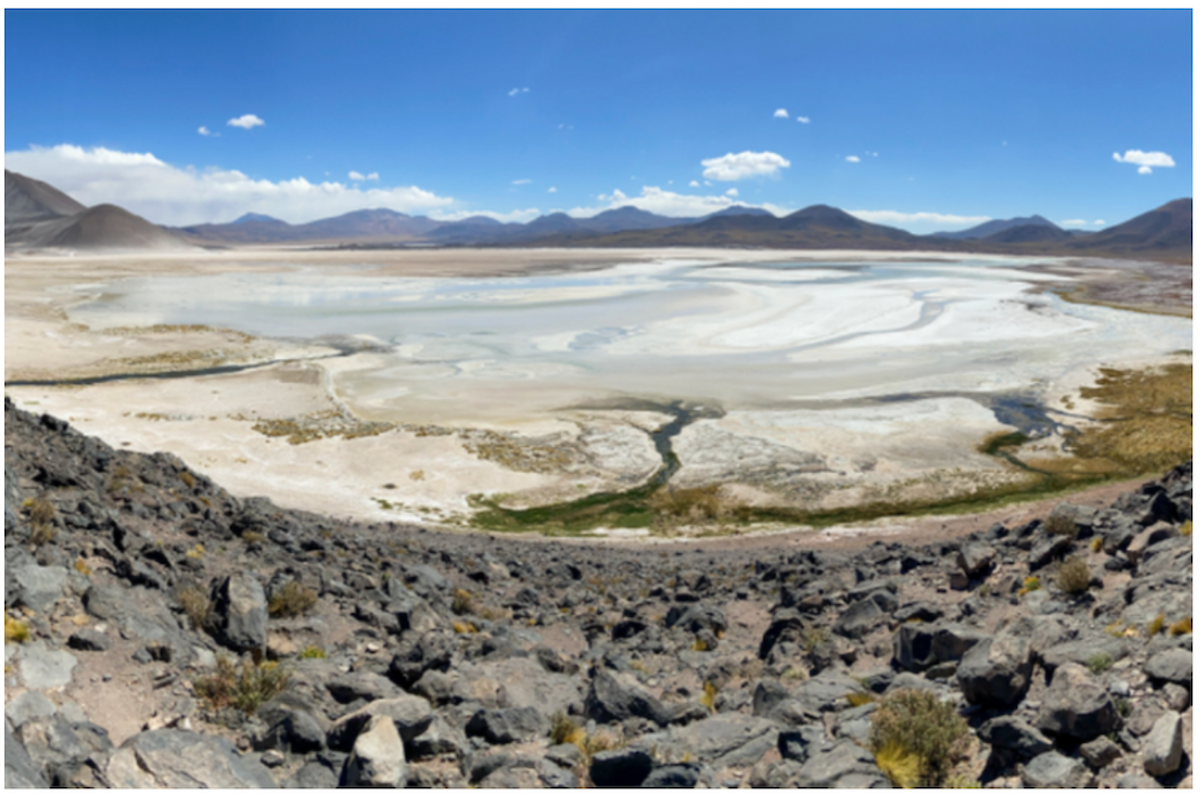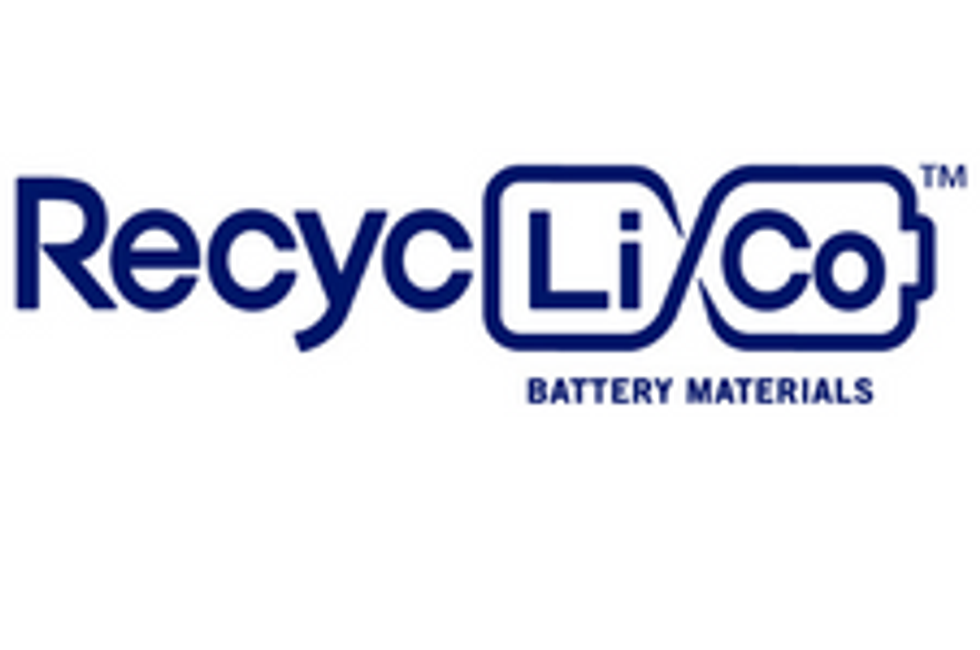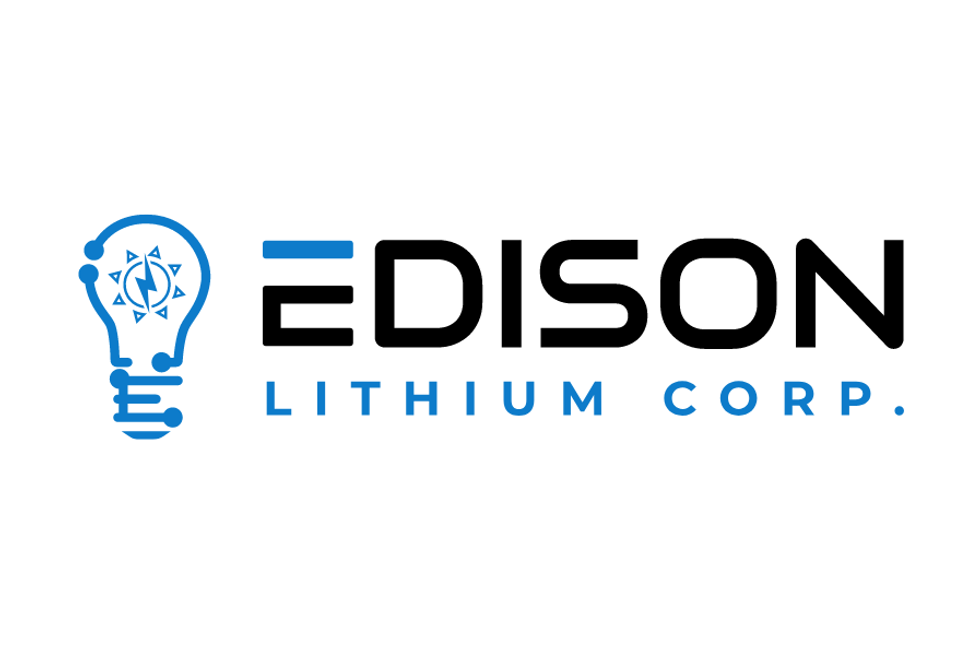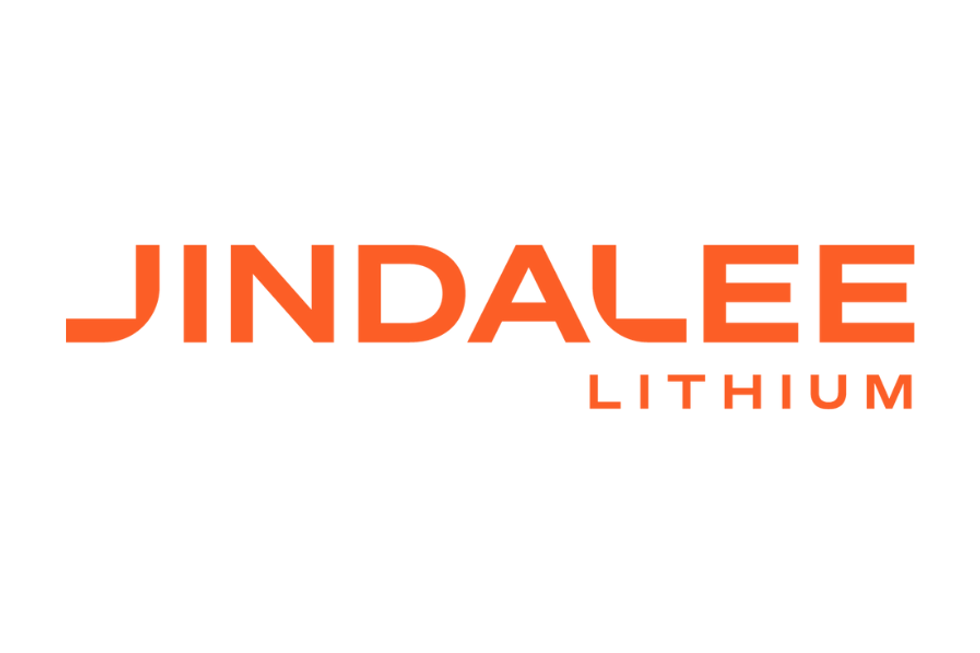- AustraliaNorth AmericaWorld
Investing News NetworkYour trusted source for investing success
Fireweed Metals
RecycLiCo Battery Materials
Helium Evolution
Galan Lithium
- Lithium Outlook
- Oil and Gas Outlook
- Gold Outlook Report
- Uranium Outlook
- Rare Earths Outlook
- All Outlook Reports
- Top Generative AI Stocks
- Top EV Stocks
- Biggest AI Companies
- Biggest Blockchain Stocks
- Biggest Cryptocurrency-mining Stocks
- Biggest Cybersecurity Companies
- Biggest Robotics Companies
- Biggest Social Media Companies
- Biggest Technology ETFs
- Artificial Intellgience ETFs
- Robotics ETFs
- Canadian Cryptocurrency ETFs
- Artificial Intelligence Outlook
- EV Outlook
- Cleantech Outlook
- Crypto Outlook
- Tech Outlook
- All Market Outlook Reports
- Cannabis Weekly Round-Up
- Top Alzheimer's Treatment Stocks
- Top Biotech Stocks
- Top Plant-based Food Stocks
- Biggest Cannabis Stocks
- Biggest Pharma Stocks
- Longevity Stocks to Watch
- Psychedelics Stocks to Watch
- Top Cobalt Stocks
- Small Biotech ETFs to Watch
- Top Life Science ETFs
- Biggest Pharmaceutical ETFs
- Life Science Outlook
- Biotech Outlook
- Cannabis Outlook
- Pharma Outlook
- Psychedelics Outlook
- All Market Outlook Reports
Rights Issue Prospectus

Housing the world's largest deposits of lithium, Chile's unique geological landscape and climate make it ideal for lithium brine extraction
As the world continues on the path towards a future dominated by clean energy, lithium's importance only continues to grow. Demand for the battery metal has already reached an all-time high, increasing by 400 percent in 2021. What's more, there is every indication that this growth will continue in 2022, with prices increasing by 126 percent in just the first quarter.
Currently, Australia and Chile are the two leading producers of lithium, respectively accounting for 46.3 percent and 23.9 percent of worldwide production. Both countries are jurisdictionally inclined to support the mining sector. However, Chile's potential could one day see it outstrip even Australia where investment is concerned.
Housing the world's largest deposits of lithium, Chile's unique geological landscape and climate makes it ideal for lithium brine extraction. The country thus has a pivotal role to play in meeting demand and establishing a stable global supply chain.
A critical component of sustainability
Climate change is an undeniable problem, one which requires a collaborative effort to address. It is for this reason that governments around the world have all agreed to pursue full climate neutrality by 2050. Because combustion engines represent an inordinate percentage of greenhouse gas emissions, replacing them with electric vehicles (EV) is essential if any nation is to achieve their sustainability goals.
Lithium is used extensively in both consumer and professional electronics. It is also a staple metal in multiple other sectors, including mining, manufacturing and energy storage.
Given its cross-sector industrial importance, the battery metal was already in high demand.
The large-scale manufacturing of electric vehicles has caused this demand to increase exponentially. As multiple automotive manufacturers construct gigafactories to ramp up EV distribution, the need for lithium is growing well beyond our current production capacity.
Investors and mining companies can benefit by turning to jurisdictions like Chile to ramp up supply. The world's migration towards a sustainable future simply cannot occur without lithium.
Lithium: Australia versus Chile
Although Australia houses impressive lithium reserves, the majority of the country's stores occur in hard rock deposits. Mining these deposits is relatively inexpensive, but hard rock lithium operations also tend to have narrow margins compared to other methods. In particular, lithium brine extraction offers higher yields, greater efficiency and a lower overall environmental impact.
Currently, the largest lithium producer in Australia is Pilbara Minerals (ASX:PLS,OTC Pink:PILBF). Its flagship project, the Pilgangoora operation, is situated atop one of the world's largest hard rock lithium deposits. It also jointly owns a pegmatite lithium project with Atlas Iron (ASX:AGO), the Mt Francisco project.
Geography represents Chile's first major advantage over other jurisdictions. Alongside Bolivia and Argentina, Chile lays claim to a geographic region known as the Lithium Triangle. Located in the Andes in South America, it contains an estimated 68 percent of the world's identified lithium resources.
The Lithium Triangle is home to a series of vast salt flats, beneath which sit incredibly lithium-rich brine pools. More promising still is the climate of the region, which is known for being incredibly hot and dry. This represents a considerable boon for extraction operations, which typically rely on evaporative processes.
A powerful investment opportunity
Chile's mining sector has leveraged its arid geography to great effect. The country's Salar de Atacama salt flat is the largest-producing brine deposit in the world. It is also home to several major lithium brine operations.
One of these is owned and operated by Albemarle (NYSE:ALB). Currently the largest business provider of lithium for electric vehicle batteries, Albemarle also operates a lithium carbonate plant at La Negra. According to an Albemarle spokesperson, the company has a long history in Chile backed by a unique contract.
SQM (NYSE:SQM) operates another major lithium brine operation in the salt flat. As the world's largest lithium producer overall, the company recently announced plans to reduce brine extraction in the region by 50 percent by 2030. This announcement came in tandem with a commitment to reduce water usage across all its operations by 40 percent.
Finally, just south of Salar de Atacama is situated the highest-quality lithium pre-production project in Chile. Maricunga is jointly owned by Lithium Power International (ASX:LPI), Minera Salar Blanco and Li3 Energy. Situated just 250 kilometers from Chile's coast, and 170 kilometers from the mining town of Copiapo, it's said to possess characteristics directly comparable to Atacama. Maricunga is also adjacent to Highway 31, which connects Northern Chile to Argentina.
The most significant challenge to Chile's growth, from an investment perspective, is sociopolitical. Although the country has a history of being relatively friendly towards the mining sector, its current government is exploring new legislation that could nationalize both copper and lithium. A new mining royalty bill is also in the works, which could increase tax rates by up to 80 percent.
It's worth noting that not every investor considers the current political climate to be a risk. South32 (ASX:S32), a spinoff of BHP (ASX:BHP), recently invested US$1.55 billion to purchase a 45 percent stake in the Sierra Gorda copper mine, and a lithium auction held by Chile earlier this year saw Chinese manufacturing company BYD acquire extraction rights for 80,000 metric tons of lithium.
Takeaway
Chile is home to the largest, richest and most valuable lithium deposits in the world. For many investors, the high margins and low cost of lithium extraction in Chile more than make up for the potential of a few political speed bumps.
This INNSpired article was written as part of an advertising campaign for a company that is no longer a client of INN. This INNSpired article provides information which was sourced by INN, written according to INN's editorial standards, in order to help investors learn more about the company. The company’s campaign fees paid for INN to create and update this INNSpired article. INN does not provide investment advice and the information on this profile should not be considered a recommendation to buy or sell any security. INN does not endorse or recommend the business, products, services or securities of any company profiled. If your company would benefit from being associated with INN's trusted news and education for investors, please contact us.
Outlook Reports
Featured Lithium Investing Stocks
Browse Companies
MARKETS
COMMODITIES
| Commodities | |||
|---|---|---|---|
| Gold | 2290.32 | -7.36 | |
| Silver | 26.92 | -0.15 | |
| Copper | 4.22 | +0.03 | |
| Oil | 86.86 | +1.43 | |
| Heating Oil | 2.76 | +0.02 | |
| Natural Gas | 1.78 | -0.06 | |
Investing News Network websites or approved third-party tools use cookies. Please refer to the cookie policy for collected data, privacy and GDPR compliance. By continuing to browse the site, you agree to our use of cookies.





